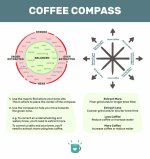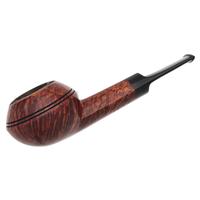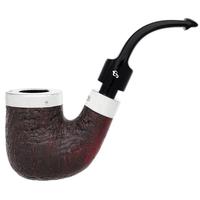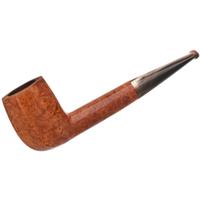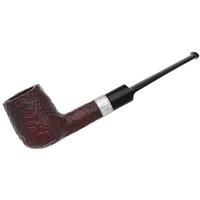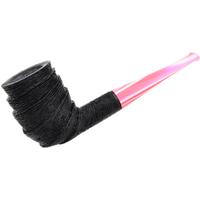This also seems like at best, it'll only be potentially helpful for home blending, not finding new blends to try.
Even then, you're talking about combining flavors, and flavors don't always change and combine like you think they would. Kind of like EQ'ing music—for example, you make bass sound punchier and stand out more not by boosting the bass (around 100 Hz and under), but by cutting the lowest mids (around 125 and 250 Hz, maybe even 500 Hz) where the bass transients live.
I would imagine tobacco blending is the same way.
That coffee compass also isn't about finding coffee you like, it's about fixing bad brewing technique/parameters.
Regardless, for example, in some English blends, the lat is musky and leathery and in others, it's smokey and woody. Some may like lat blends one way and not the other. Even then, how that's interpreted is different for everyone. The same blend might taste smokey to one, and burnt to another, and sour to yet another.
Even that scale isn't the best representation for coffee. Look at two that are on opposite sides: underwhelming and empty. How are those two descriptions different things with different requirements? They both are, to me, near synonyms for "weak" or "thin". Furthermore, how is "astringent" in-between "empty" and "muted" in the same quadrant and requiring the same correction? Astringent is definitely not empty or muted.
I mean, yes the compass works for coffee if you make it more broad and generalized. Coffee too sour? Under extracted. Too bitter is over extracted. Both corrected by fixing grind (grind finer if too sour, coarser if too bitter). Weak vs strong is easy, just add more/less coffee relative to water. But then, what if the particular coffee you're drinking is SUPPOSED to have sour notes, like a fermented coffee? Then you have to understand relative flavor and what it tastes like relative to what it "should" taste like.
